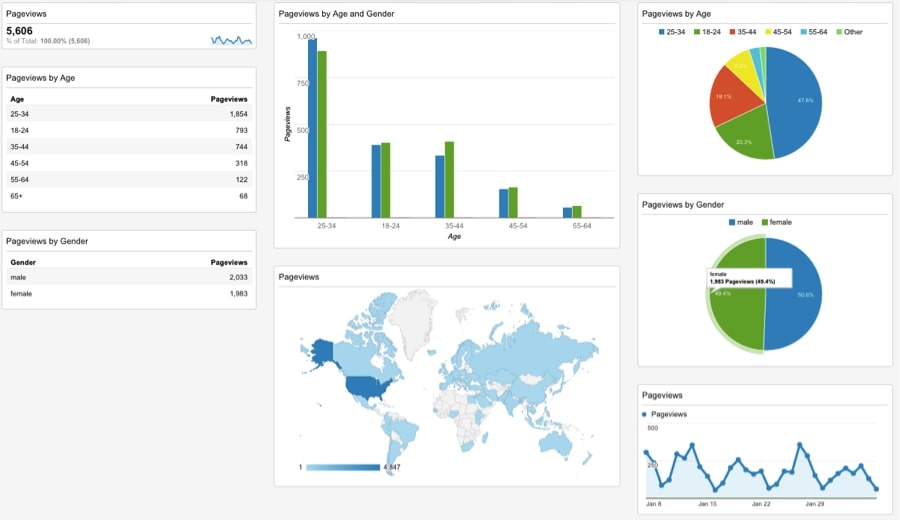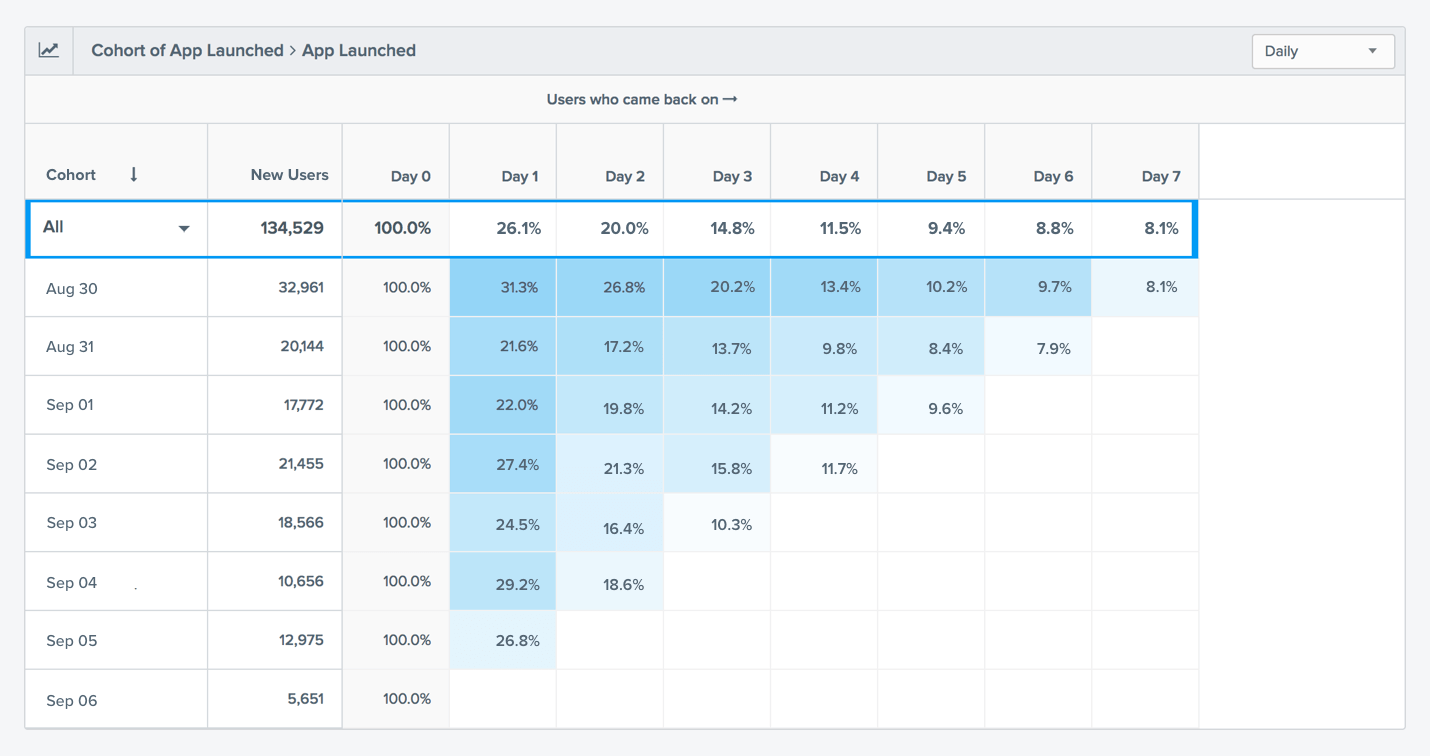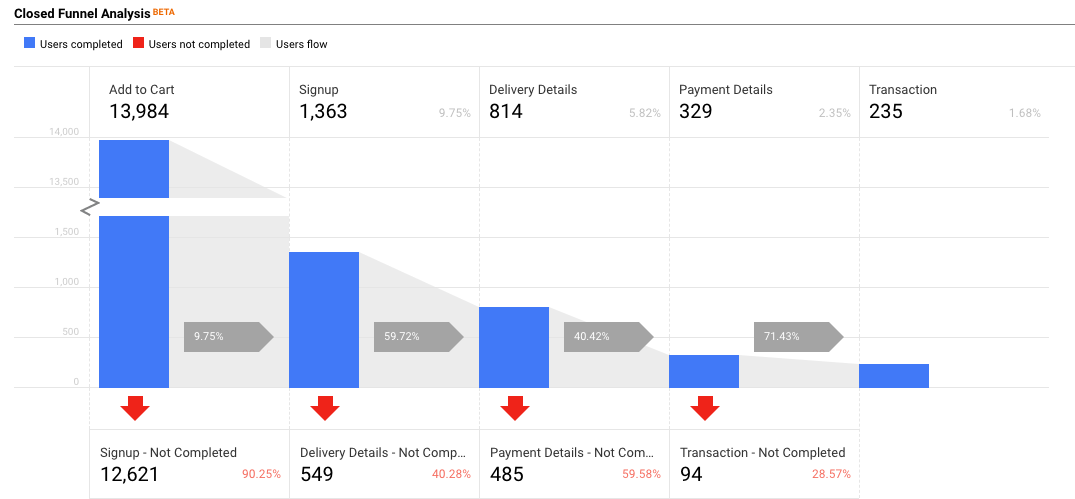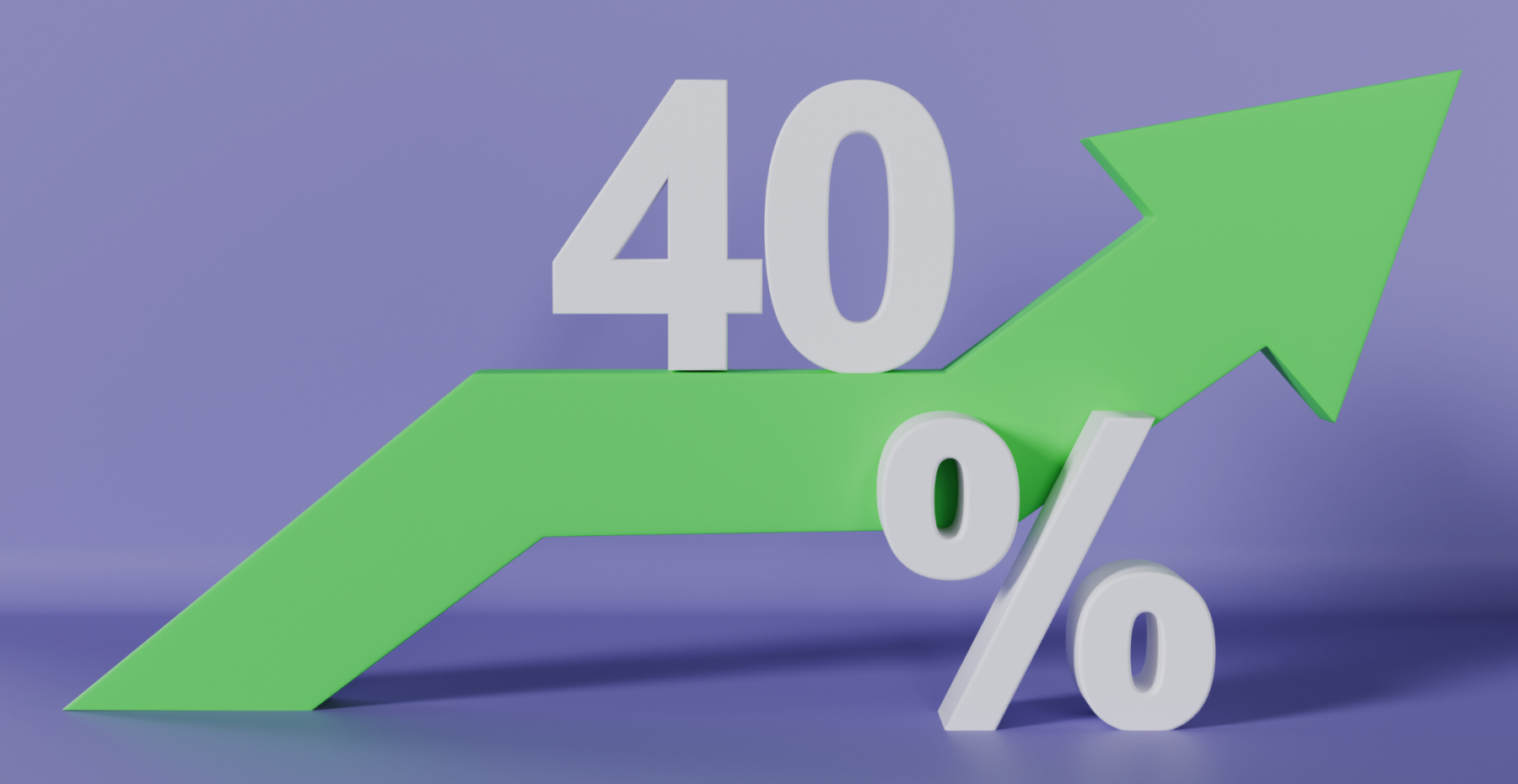In our rapidly changing and digitizing world, regardless of the industry, design, development, and management of digital products have become pivotal for business success. To maintain a competitive edge, businesses try to be responsive to their customers’ needs and come up with timely and relevant digital product ideas. In line with this tendency, the roles of product designers, developers and managers are evolving. Now, besides implementing their regular functions, the specialists in these fields are expected to fuel their companies’ business intelligence units by giving insights about their products‘ usage. In other words, they need to track the performance of the digital products that they create and analyze them on an ongoing basis to come up with product improvement ideas. The term product analytics captures the essence of this process.
Let’s dig deeper and see what is product analytics, why is it important and how can developers, designers, marketers and product managers incorporate it into their work.
In essence, product analytics is about looking at certain user-product interaction metrics to understand what works well and what doesn’t work in the product offer. It can give insights for improving user experience, driving retention and keeping users engaged.
As with any process, the product analytics task starts with understanding the business case and setting up goals.
This is to make sure that instead of wasting time tracking every single metric that you can generate based on your product data, you track what’s important for your business. In order to set up a proper goal, you should ask: what user activity will bring me value?
Some of the common product goal classes include user activation, user retention, user referrals, and user engagement. The goals can differ depending on your industry, business model, or the life-cycle stage of your product.
After identifying the business-specific goals, for product analytics, it’s important to put together a strategic implementation tracking plan, which, in a nutshell, is an outline of the events and properties you need to track for your business goals.
Once the plan is there, you should consider developing some hypotheses- specific and testable questions about the performance of your product against your goals that you can answer looking at the metrics specified in your implementation plan.
To be more specific, getting started with product analytics, it is recommended that you go over the following consecutive but iterative steps to take the maximum of the data that your product generates:
Step 1: Choose one business goal to focus on first (e.g. increase the premium sign-ups in an app)
Step 2: Identify the activities that if completed by users will help you measure your goals (the time that it gets to go from freemium to premium, the means of signing up, such as email, FB, Twitter, etc.)
Step 3: Create an implementation tracking plan (e.g. a simple spreadsheet with columns, such as “triggers”, “events”, “properties”, “business insights”, “metric category”)
Step 4: Share your plan with all the product team members (e.g. developers, designers, marketers, product managers) and refine it based on their feedback.
Step 5: Implement your spec and ensure your data appears in your chosen analytics tool (e.g Google Analytics, Mixpanel, Kissmetrics, CrazyEgg, etc. )
Step 6: Develop a goal-specific hypothesis (e.g are people in Canada more likely to sign up for a premium product as opposed to people in Mexico?).
Step 7: Start executing your strategy and answering your questions with custom reports (e.g. a segmentation report for identifying the geography of premium users)
While the first 6 steps are the basics and are universal starting points for product analytics, the execution of the plan is going to be an ongoing process that varies greatly depending on the business and the product life-cycle. Hence, the reports that you can create when testing your hypotheses can vary. However, three particular types of reports that might be useful and applicable to many cases are the segmentation report, the retention report, and the funnel report. Almost all analytics software providers have built-in templates for these reports, but if you wish to customize your reports further, which is highly recommended, you can add custom metrics, events, triggers, tags and much more.
So what insights these particular reports can give?
1. Segmentation reports

Segmentation reports are based on grouping users according to different properties, such as location, age, membership type, etc. (e.g. premiums signups by country). These types of reports can be particularly insightful and actionable for user experience optimization and targeted personalized marketing solutions.
2. Retention reports

Retention reports are aimed at measuring how many users return to your app or website over time. To set up a retention report you need to use cohort analysis based on when the groups of users have completed particular events. Basically, you are looking at users completing events at different periods of time. You can have first-time retention reports for identifying users that came once after the first sign up. You can have recurring retention reports to identify users that repeat the actions that they had completed during their first-time retention
Finally, you can have addictive retention reports to identify the usage frequency of your product within a given time. When analyzing these reports consider looking at the average numbers first, then, segmenting on different features (e.g what type of premium users have high retention?)
3. Funnel reports

Funnel reports are appropriate for tracking user flows to see where users stop using your product. To get set up funnel reports, you should start with defining user flows with individual events. You should consider looking at the percentages at every consecutive event as well as at the trend over time. You can also mix funnel reports with segmentation reports to dive deeper and get more comprehensive and actionable insights.
To cut a long story short, as a developer, designer, digital marketer, product manager, or an ambitious entrepreneur, you can easily incorporate product analytics into your function for sustainable growth just by following the guidelines suggested in the article and summarized in the bullet points below:
- Start with your business goals.
- For each goal, determine your key questions.
- Identify user behaviors that you want to know more about.
- List the actions users will take and the details you want to know.
- Use spreadsheets in line with analytics software to organize your work.
- Use special types of ongoing reports that can help you answer your analytics questions.
- When looking at the metrics keep in mind that different numbers have different implications depending on your business case.
- Never forget that the trends change over time.
The insights gained from product analytics are not only essential for product managers, developers, and designers, who want to create functional user-centric products, but also for business executives and marketers that aim to identify new revenue streams or improve the returns on the existing ones.




